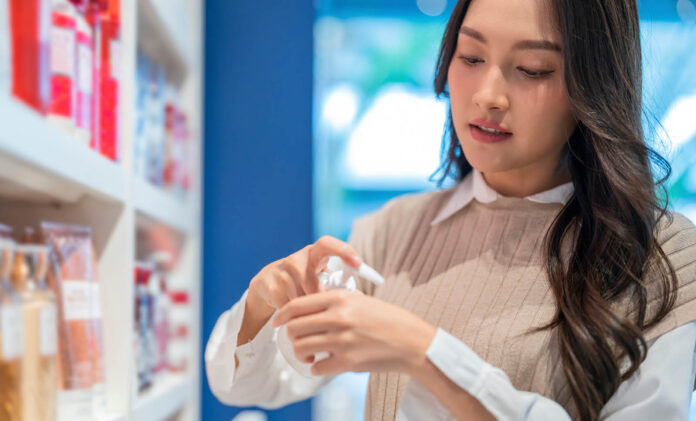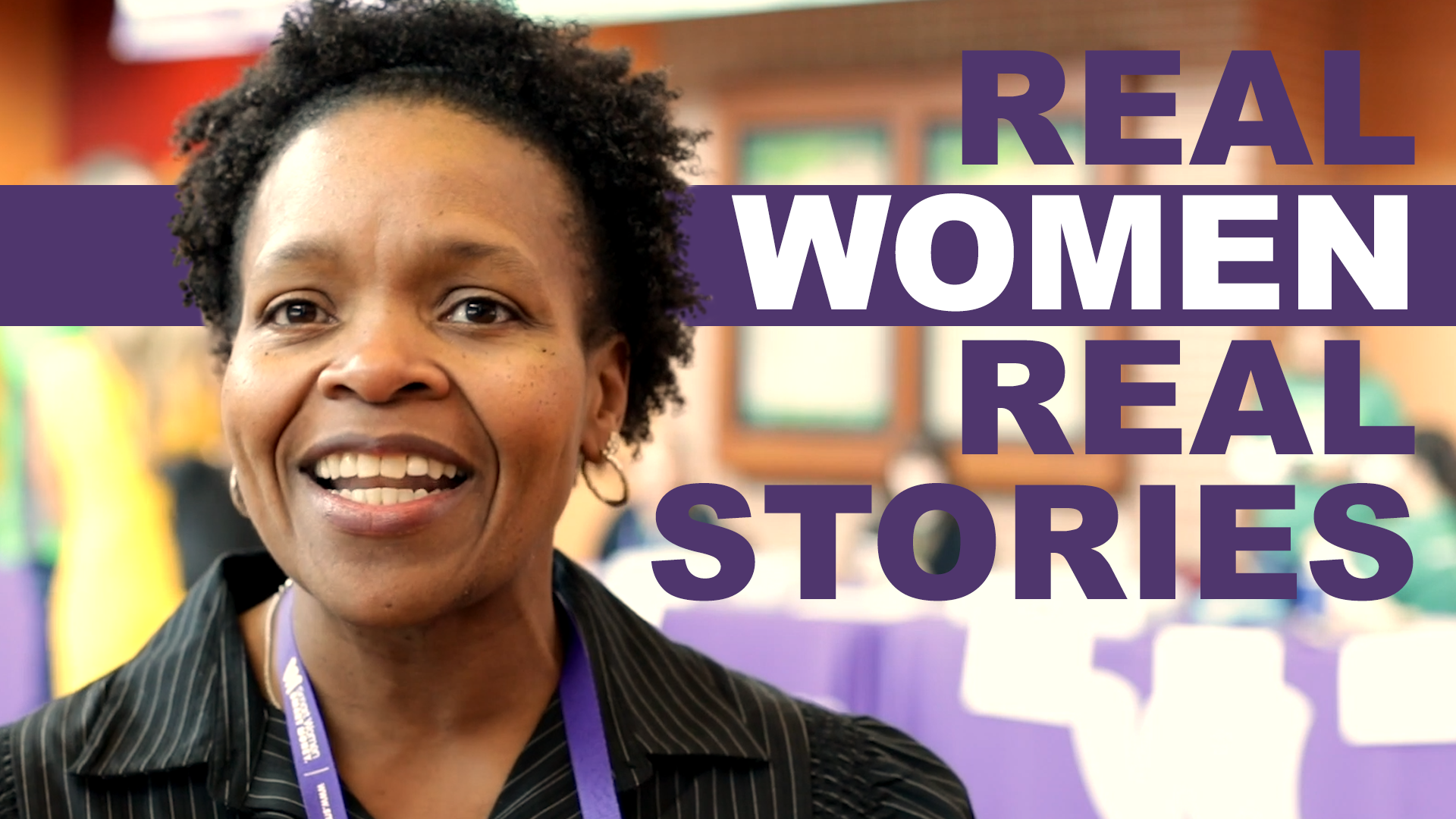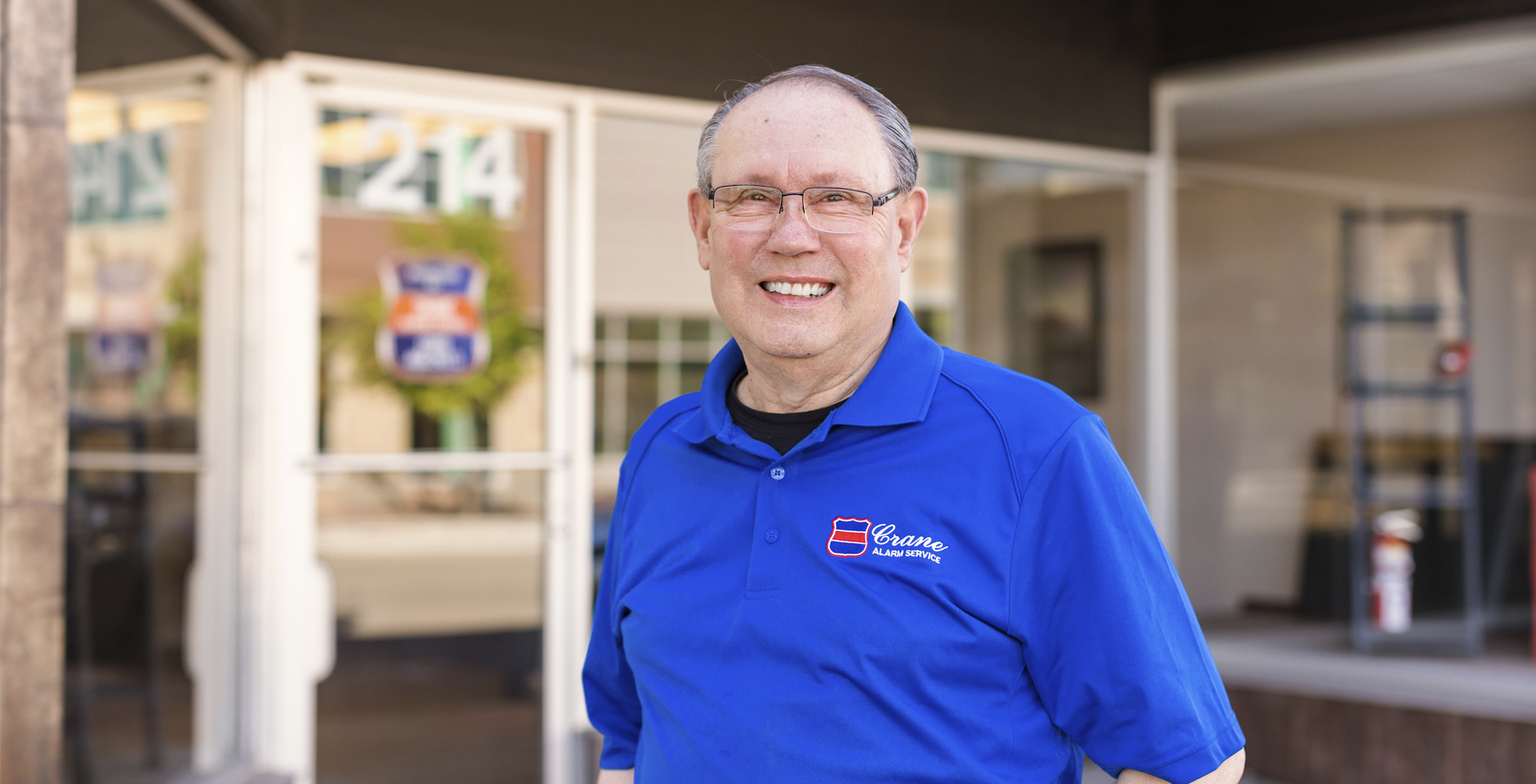By Naomi Langston
The average Gen Z or Millennial shopper spends nearly $1,800 on beauty products each year, according to an article by Lending Tree. Yikes! In a world flooded by social media filters, influencers, and marketing campaigns, it is not difficult to find yourself spending that amount. With so many options on the market, you are not alone if you find yourself confused about what to buy and what products are worth your hard-earned money and find yourself overspending.
In the prom, graduation parties, and wedding season, let’s discuss how to research less expensive products that will work for you and give you some examples through comparisons.
Check on ingredients
Checking the ingredients of your products is one of the best ways to find dupes of high-end products for much cheaper. Carefully read the active ingredient list and compare similar products from other brands. This is especially helpful when shopping for skincare or hair care products. Sometimes, you may find that the more expensive product is actually desirable because it has ingredients that are better for you. But you will often find that the dupe or cheaper brand is similar enough to accomplish what you need.
Read reviews
Going shopping with some research in your back pocket goes a long way! Check the reviews on Amazon, Target, or other store web pages for the product to get honest feedback from other customers. Usually, this will be a great indicator of whether a product is worth the price. Also, some content creators make doing this their whole platform, and you can find endless products and ideas from their channel. Check out creators on YouTube for a stream of content about finding dupes of high-end products based on ingredients.
If you are unsure where to begin with your cheaper-product journey, here are a few examples of brand substitutes that could work for you.
Foundation example
Maybelline Matte and Poreless Foundation ($10.99) vs Giorgio Armani Luminous Silk ($69)
Both of these foundations come in a wide variety of shades and offer light to medium coverage. One major difference is that the Maybelline foundation is water-based (tending to be more allergy-friendly) while the Giorgio Armani foundation is designed to assist your skincare routine and gives you an extra boost of hydration.
Concealer example
Maybelline Fit Me Concealer ($8.99) vs NARS Creamy Concealer ($32.00)
You will also find that both of these concealers come in various shades to match your skin tone. Maybelline is water-based and allergy-friendly, while NARS is “infused with antioxidant-rich skincare ingredients to hydrate, firm, reduce the appearance of redness, and strengthen skin”. You should theoretically get similar results with both products, but NARS is designed to be healthier for your skin. This type of information will help you make a decision based on your priorities.
Mascara example
Ilia Limitless Lash Mascara ($29) vs L’Oréal Telescopic Lift Mascara ($14.99)
Both brands are meant to powerfully darken, enhance, and create the illusion of longer lashes. Both are long-lasting and flake-resistant. Ilia contains some lash-health ingredients, whereas L’Oréal includes a double-hook bristle brush that helps comb, separate, and unclamp lashes.
Face moisturizer example
BYOMA Moisturizing Rich Cream ($32) vs Rhode Glazing Milk ($14.99)
Products like face creams depend a lot on the person and their specific skin needs. I really prefer using BYOMA skincare products because of their affordability, accessibility, and similarity to high-end skincare. Rhode includes a few more ingredients and nutrients than BYOMA, but if you’re willing to substitute some things, BYOMA can be a great way to go.
These are just a few examples of product comparisons, but with a little research into ingredients, reading honest reviews, and keeping up with budget-friendly beauty creators, trimming your makeup expenses can feel a lot more doable and even fun.

ABOUT THE AUTHOR
Naomi lives in Pittsburgh, PA but her roots are from a little Christmas tree farm in upstate New York. She works in marketing for Greater Europe Mission, an international nonprofit organization. She’s always finding ways to make room in her budget for traveling and reads over 100 books each year.










